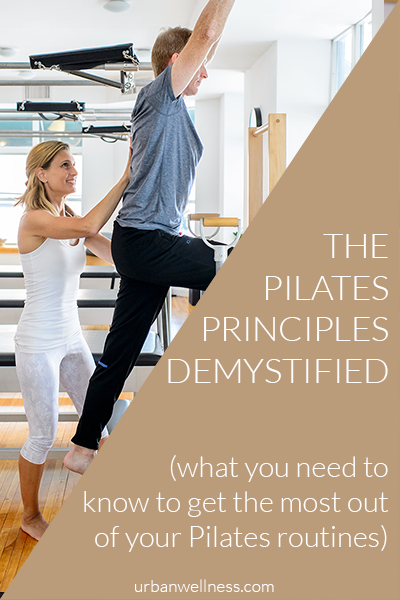 The Pilates method was created by Joe Pilates with aspects of many other types of physical activity in mind: yoga, acrobatics, Tai Chi, and gymnastics, to name a few.
The Pilates method was created by Joe Pilates with aspects of many other types of physical activity in mind: yoga, acrobatics, Tai Chi, and gymnastics, to name a few.
However the main thing that makes Pilates unique and different as compared to other styles of exercise is the fact that there are several specific guiding principles that define this method.
All of the principles are equally important and are to be practiced simultaneously throughout your workout, and eventually in other activities that you do.
These principles can and should be applied to any movement or physical activity.
It may seem like a lot to think about at once, but the streamlining of all these principles does take practice and repetition. But even just noticing and keeping them in mind can be a step towards safer and more controlled movements.Try to keep these in mind as you go about even the smallest movements (not just official “exercise”) during the day.
BREATHE
Have you ever listened to your own breath?
Correct breathing is so underrated!
We breathe in order to oxygenate our blood, which travels throughout our bodies to help us function, physically and mentally.
We inhale and nourish our blood with oxygen; we exhale in order to rid our bodies of unnecessary carbon dioxide.
Therefore, quality breathing is crucial for optimal health.
Most of us take it for granted and very rarely think about how we breathe, even when exercising.
Every movement in the Pilates method is purposefully coordinated with a breath in order to cleanse the blood.
Holding the breath or forgetting to breathe will happen at first, but it is not a good habit to get used to! Practice keeping your breath moving.
Full, functional breathing also involves awareness in knowing where you breathe. Allowing your breath to expand throughout your body can offer freedom and space in your movements.
For example, do you inhale only into the front of your chest, or can you let your breath fill up your back ribs as well? Can you allow your rib cage to expand out to the sides? Can you engage your abdominal muscles and still take a deep breath into your lungs?
Imagine filling up your lungs in all directions, and allowing your spine to lengthen and expand with your inhale, and relax (but not collapse) on the exhale.
Pilates helps to stretch and strengthen the muscles that will help maximize the quality of your breathing.
You will find that the ability to breathe fully and freely will increase your lung capacity, make your movements feel much easier, and can even help you to feel more mentally alert and energized.
CONTROL
One of the goals of Pilates is to develop muscle control.
Even when the movements in Pilates (as well as dance, gymnastics, or other sports) look as if they are done so quickly that body parts are being thrown about, there is a great amount of control involved from the mind as well as many muscle groups.
This control is precisely what makes it look easy! As well it prevents injuries and builds the potential to create more freedom in other areas. Even the movements that you make in between exercises should be made mindfully and with control.
CONCENTRATION
Pilates improves your mind/body connection.
An hour of Pilates often flies by. One of the things I love about Pilates is that it is so mentally engaging. There is no time to zone out. Things like talking on your cell phone, reading the newspaper, listening to headphones or watching TV would take away from the concentration that you need to really connect your mind with your body. With Pilates you do relatively few repetitions but the idea is to get the best out of each one.
Your body needs concentration and attention to fully focus on the quality of your movements.
AWARENESS OF YOUR CENTER
More than the abdominals!
Pilates is a system of exercises meant to stretch and strengthen your muscles at the same time. In order to do this, there must be a central place for the strength and stretching to come from. Joe Pilates called it the “powerhouse”.
The powerhouse includes abdominal muscles, your spine, shoulder blades, lower back, rib cage, hip muscles.
Strength in the limbs is really not worth much if the limbs are not anchored to a solid foundation.
Only with this sense of anchoring or drawing inward towards the core is it possible to experience freedom, expansion and flexibility in the peripheral muscles.
Think of the muscles of your core like the roots of a tree: the stronger and deeper the roots, the more freedom and flexibility are possible for the trunk and branches because they have a strong foundation.
Your body works the same way.
A good balance of flexibility and strength is ideal, and it all begins with awareness of center.
FLUIDITY
With practice, Pilates exercises are meant to flow from one to the next with seamless continuity.
The transitions between exercises are as important as the exercises themselves, and should be performed with as much attention and care no matter how easy or simple it may seem.
Fluidity is also what makes a Pilates session more of a vigorous workout; you move continuously for close to an hour.
The reason for this principle is because this is how we move about in our daily lives.
Our bodies are designed to move from one physical demand to another. We do this constantly even if we dont realize it. Many injuries happen when we carelessly transition from doing one movement to another.
Keeping fluidity in mind during Pilates sessions challenges us to be mindful of such transitions.
PRECISION
Each movement in the Pilates method is done with specific purpose and placement.
This is huge! You will find that many Pilates exercises don’t feel anything like what you expect them to feel like based on what the movement looks like. Getting the deep muscles to work is key! Dont worry about how you look when you do the exercises. Its far more important to feel the movement coming from the right place and to keep the other principles in mind during your workout rather than just make the shape of the exercises.
Alignment and muscle tone play a tremendous part in the prevention of injuries.
When practicing Pilates, it is as if you are “teaching” your body to be placed and engaged properly. When your body is positioned correctly, muscle tension, and pressure on joints and ligaments is reduced.
Precision gets results.
RELAXATION
The stronger you get, the more relaxed you will feel.
This is an unofficial principle, but one that I find challenging so I have added it to my own personal list.
I find that many students of Pilates, both new and experienced, find it hard to only use the muscles that are needed for any given activity or movement.
They unconsciously contract unnecessary muscles and this creates a sense that an exercise is far more difficult than it really is.
Let’s be clear, we all do this when we are working hard and/or learning a new movement. It’s part of the process of learning how to move differently. Most people are trying so hard to do the exercises correctly that they usually are not even aware that they are doing it. Once they are aware, they can start to relax and use the important muscles more.
Try to take note of your habits and ask yourself: “Are my jaw muscles and tongue relaxed?”, “Are my eyes and eyebrows relaxed?”, “Am I breathing?”, “Are my hands loose?” “Are my shoulders toned but not tense?” and so forth.
It definitely takes some practice to have all of these principles happening at the same time. So have fun working on it!
When you know these principles and keep them in mind, your Pilates practice will have more meaning to you and the exercises will start to make more sense. Some days you might pick just one principle to work on for the whole hour. One of the reasons I love Pilates so much is that, because of these details, I always find it to be a challenging, energizing and customizable and COMPLETE workout.
Xoxo,
Danielle

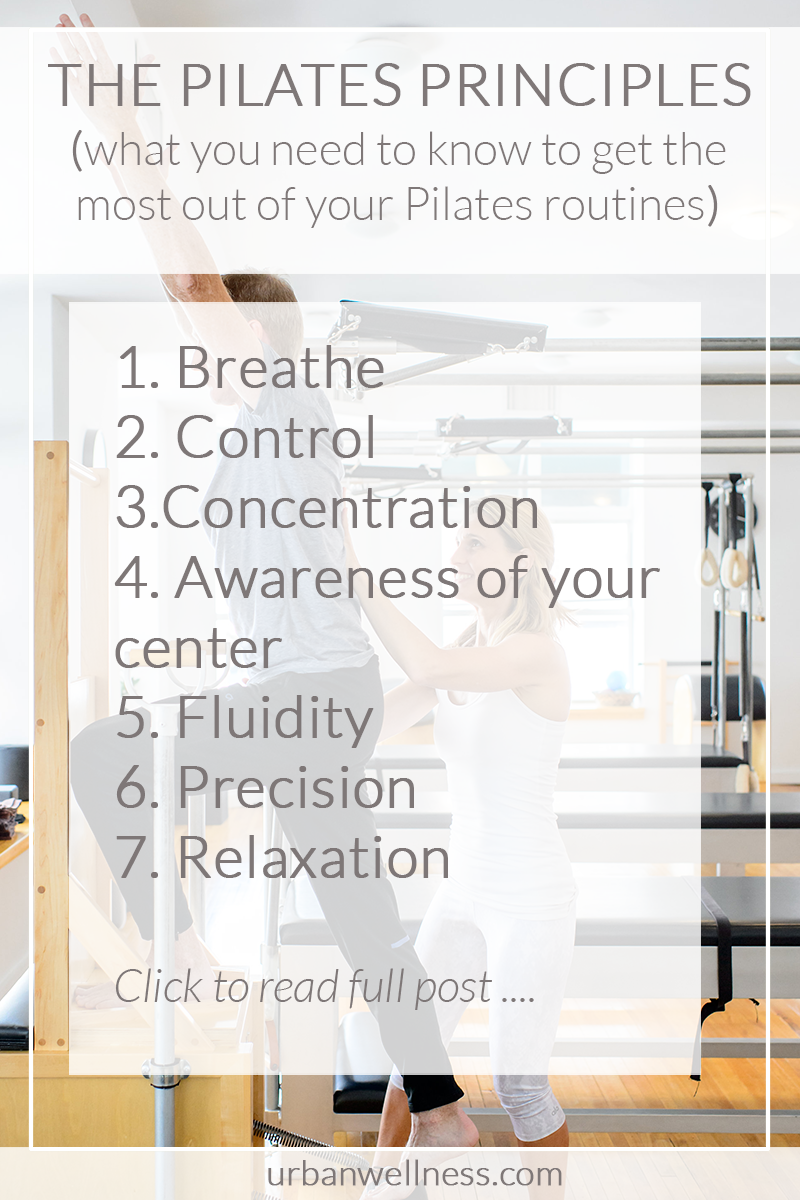

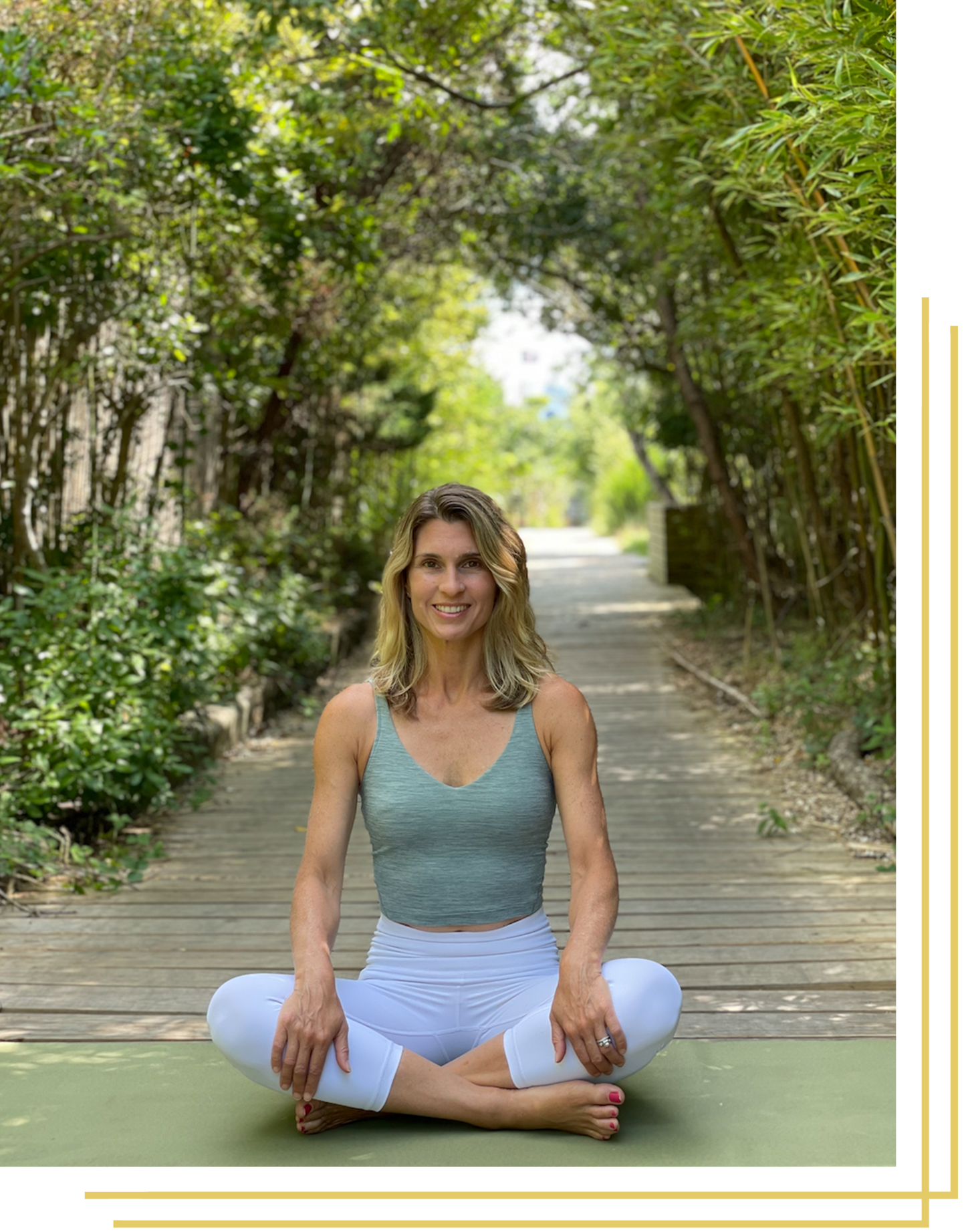
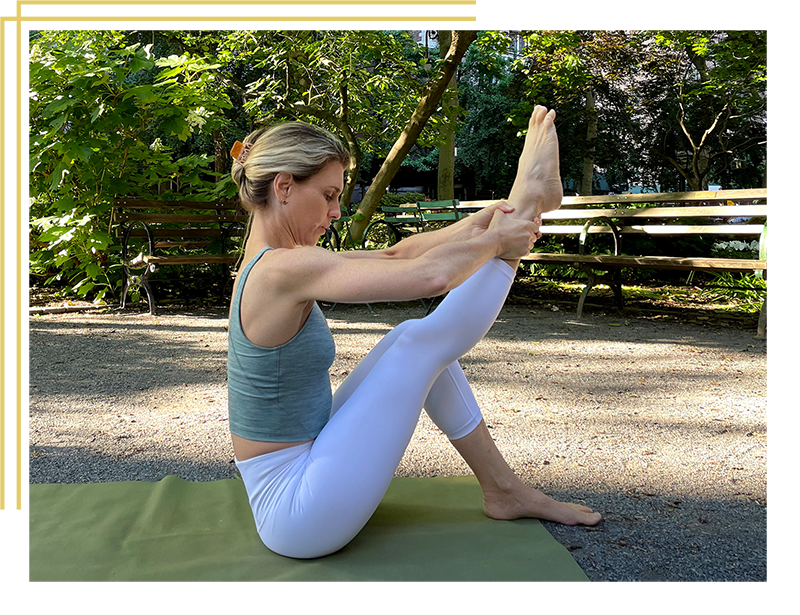
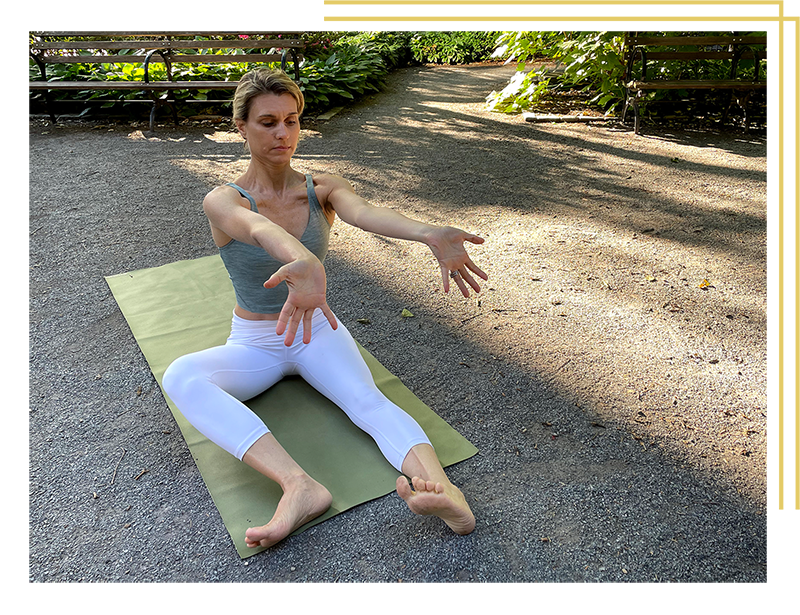
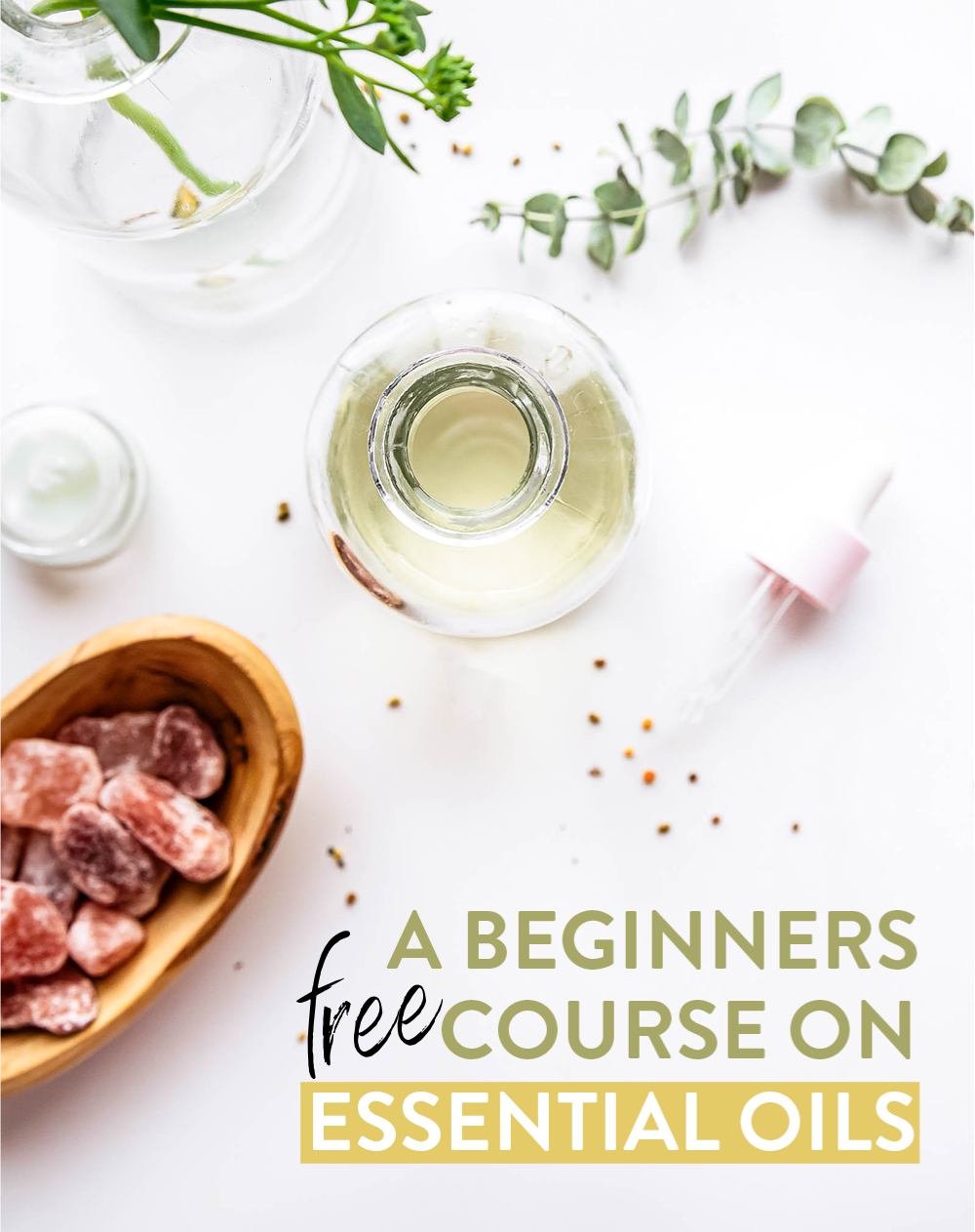


Thank you for this explanation of the pilates principle. In the few sessions I’ve come to realize at least two .Breathing, and center awareness., and their importance. Thank you. Mary